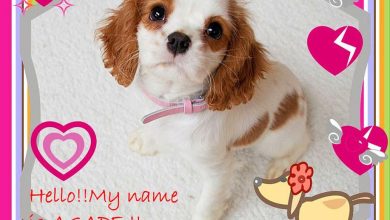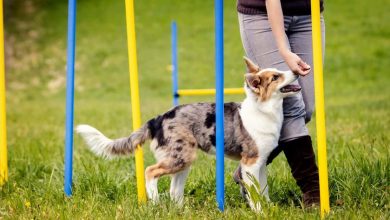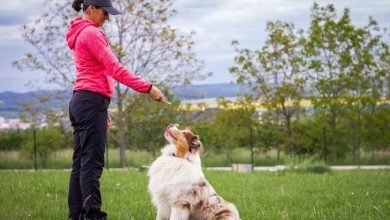How to Train Your Puppy to Sit This Year
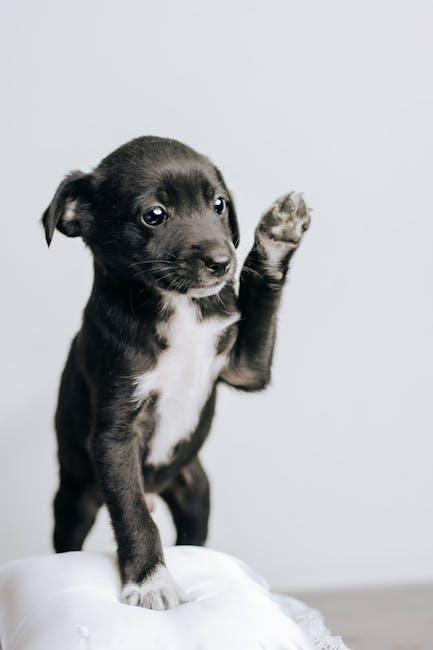
Welcoming a new puppy into your home is an exciting adventure filled with joy, laughter, and a few chewed-up shoes. One of the first and most rewarding commands to teach your furry friend is “sit,” a foundational skill that sets the stage for future training and helps manage their boundless energy. This year, why not embark on this training journey with patience, positivity, and a sprinkle of fun? In this article, we’ll guide you through the simple steps to teach your puppy to sit, making the process enjoyable for both you and your four-legged companion. Whether you’re a first-time pet parent or a seasoned dog owner, these tips will help you foster a strong bond with your pup and pave the way for a lifetime of good behavior.
Start with the Basics Understanding Puppy Behavior
Before you dive into teaching your puppy new tricks, it’s essential to grasp the fundamentals of their behavior. Puppies are naturally curious and eager to learn, but their attention spans are short. Understanding this can help you tailor your training sessions effectively. Here are a few key points to keep in mind:
- Consistency is Key: Use the same commands and gestures every time you want your puppy to sit. This helps them associate the action with the word.
- Patience and Positivity: Puppies thrive on positive reinforcement. Celebrate their successes with treats and praise, and be patient with their mistakes.
- Understanding Energy Levels: Puppies have bursts of energy followed by periods of rest. Train them when they’re calm but not overly tired.
By recognizing these behavioral traits, you create a nurturing environment that supports your puppy’s learning journey, making the process more enjoyable for both of you.

Choosing the Right Training Environment
Creating an optimal environment for training your puppy is key to successful learning. Select a space that is free from distractions such as loud noises, other pets, or tempting toys. A quiet room or a fenced backyard can work wonders in maintaining your puppy’s focus. It’s also important to ensure the area is safe and secure to prevent any unexpected escapes or accidents during training sessions.
- Consistency is crucial: Choose a spot that you can use consistently, so your puppy associates it with learning.
- Comfort matters: Make sure the surface is comfortable for your puppy to sit and lie down on, as hard or slippery floors can be discouraging.
- Keep it positive: Ensure the environment is filled with positive vibes; this means you should be relaxed and encouraging, turning the space into a happy place for your puppy.
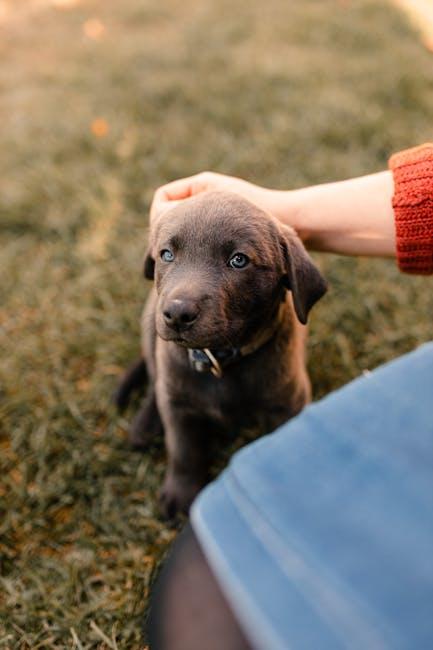
Effective Techniques for Teaching Sit
Teaching your puppy to sit is a rewarding experience that can be achieved with patience and consistency. Start by using positive reinforcement, which encourages your puppy to learn through rewards. Hold a treat close to your puppy’s nose and slowly raise it above their head. As their nose follows the treat, their bottom will naturally lower to the ground. The moment they sit, praise them enthusiastically and give them the treat. This association between the action and reward will help them understand the command.
Incorporate short and engaging training sessions to maintain your puppy’s interest. Puppies have short attention spans, so aim for 5-10 minute sessions, several times a day. Consistency is key—use the same command word and tone every time. It’s also beneficial to practice in various environments to generalize the behavior. If your puppy struggles, don’t worry. Simply take a step back, practice in a distraction-free zone, and gradually increase the challenge. Remember, every puppy learns at their own pace, so celebrate small victories along the way!

Positive Reinforcement and Reward Systems
When embarking on the journey to teach your puppy to sit, it’s essential to harness the power of positive reinforcement. By rewarding desired behaviors, you encourage your furry friend to repeat them, making the learning process enjoyable and effective. Start by using treats or praise immediately after your puppy sits, so they associate the action with a positive outcome. Keep these tips in mind to make the most of your training sessions:
- Use small, tasty treats that are easy for your puppy to consume quickly.
- Pair treats with enthusiastic verbal praise like “Good sit!” to reinforce the behavior further.
- Gradually phase out treats, relying more on praise and affection as your puppy becomes more consistent.
- Be patient and consistent; every puppy learns at their own pace.
By maintaining a consistent routine and rewarding your puppy’s efforts, you’ll find that the command “sit” becomes second nature to them. Remember, the key is to make learning a positive experience, strengthening the bond between you and your puppy.
